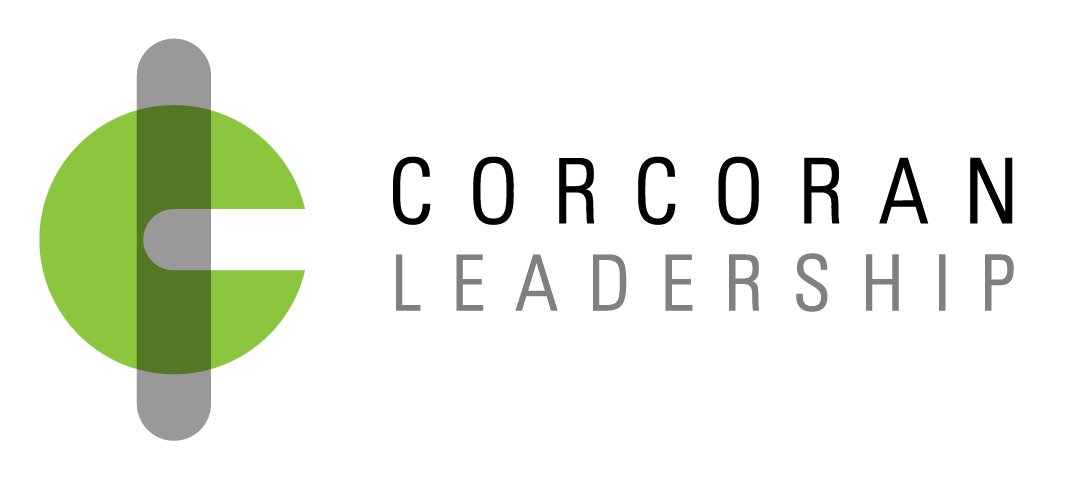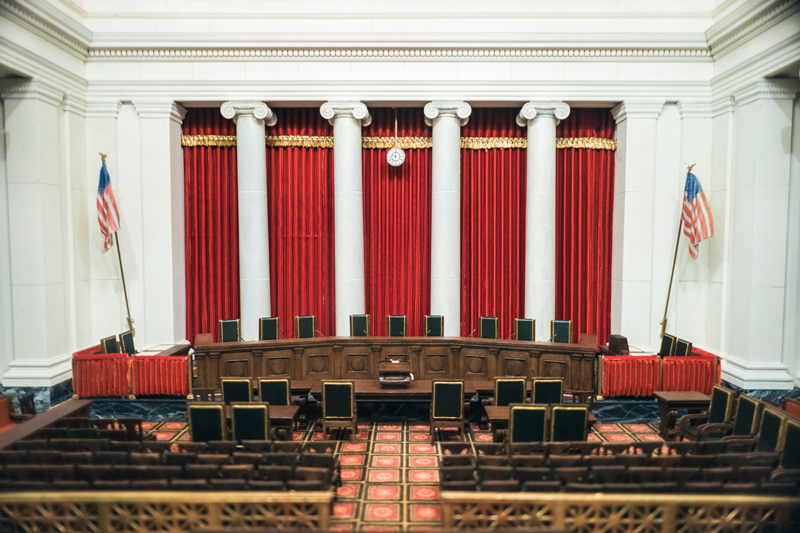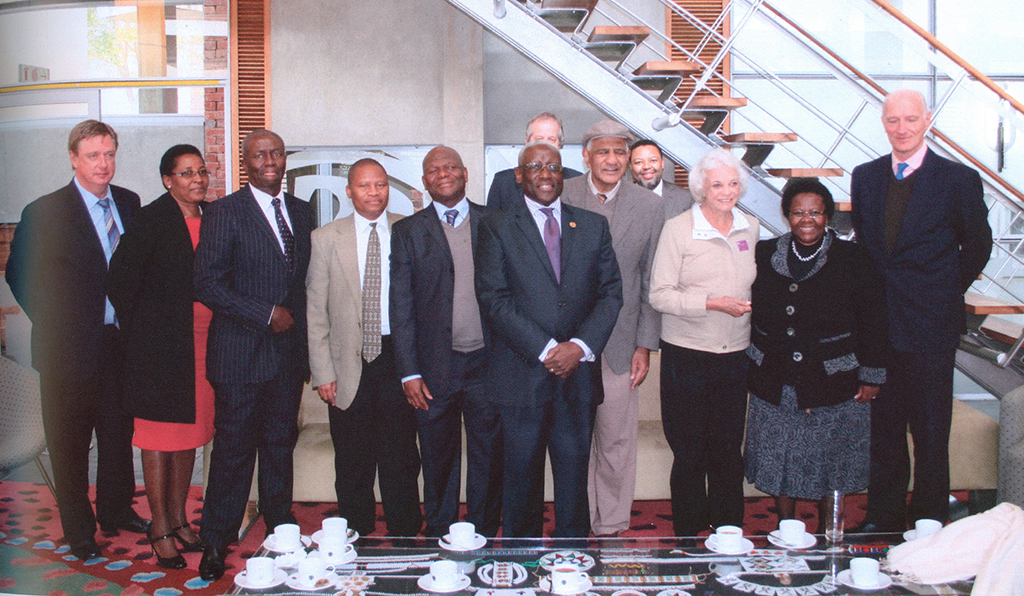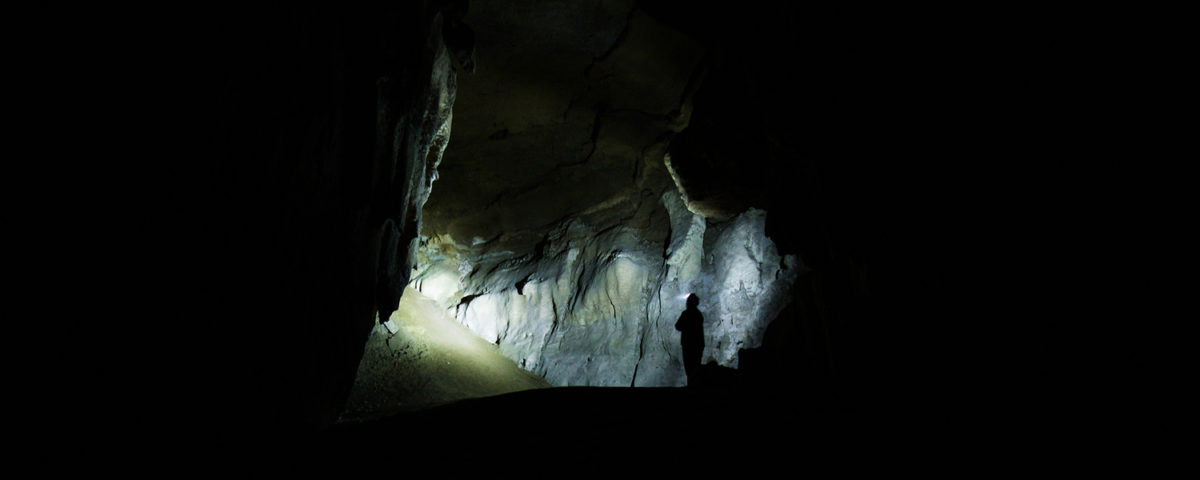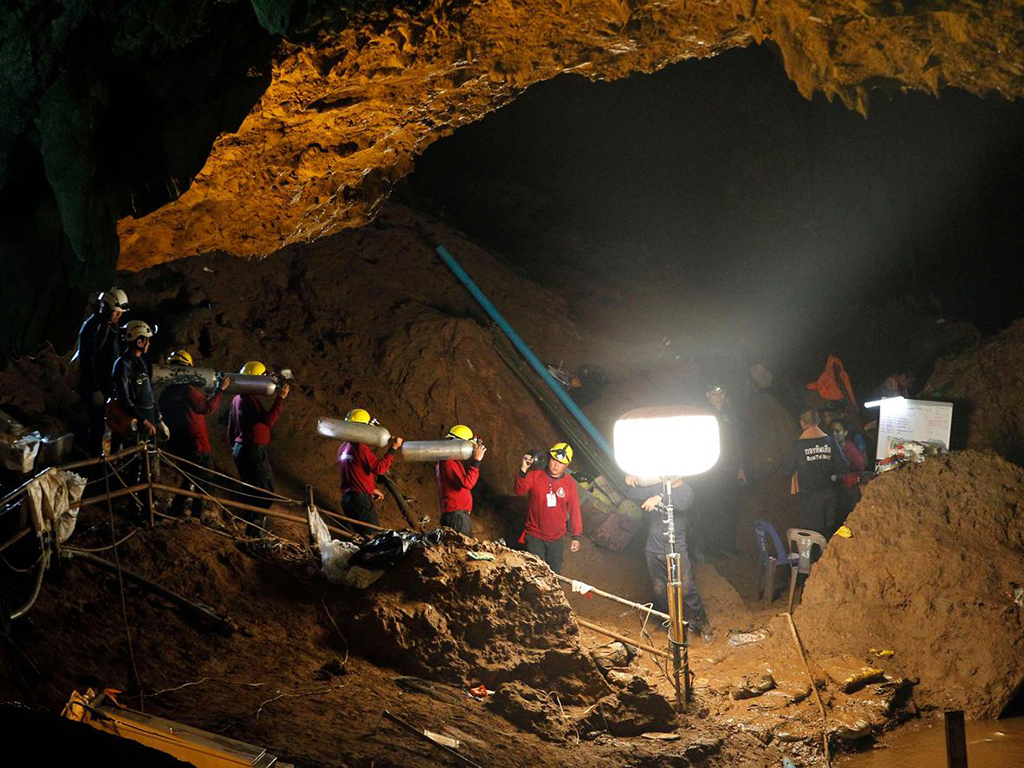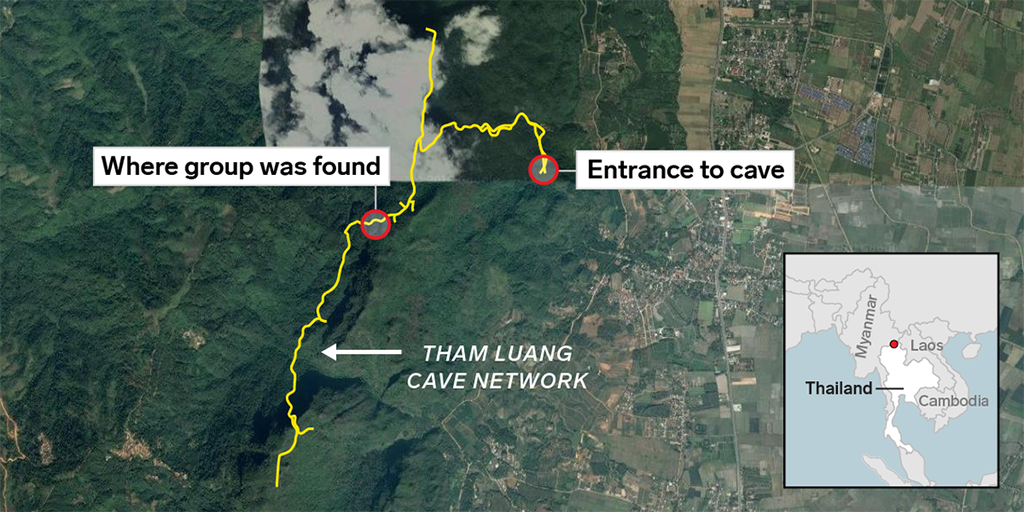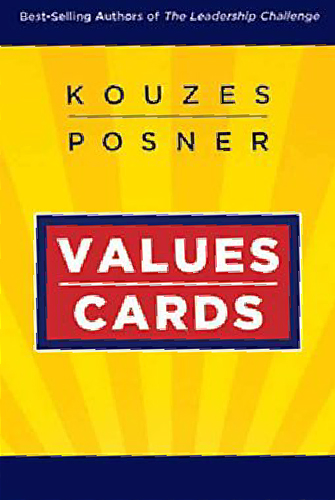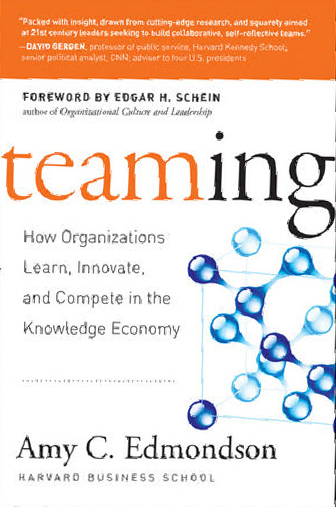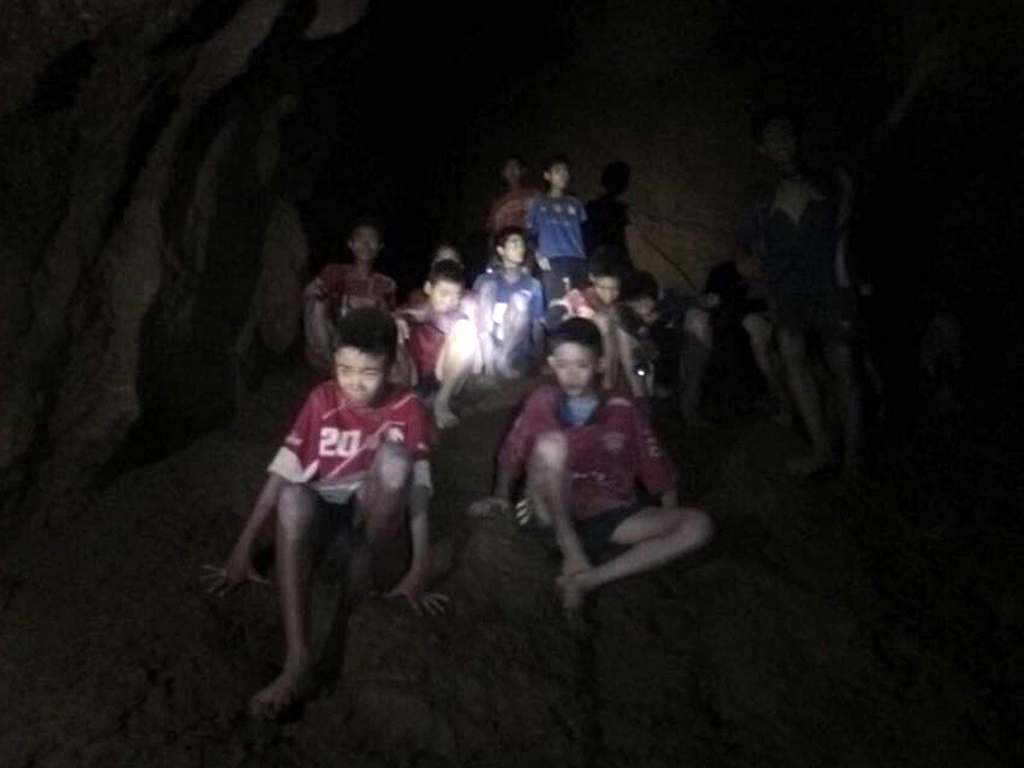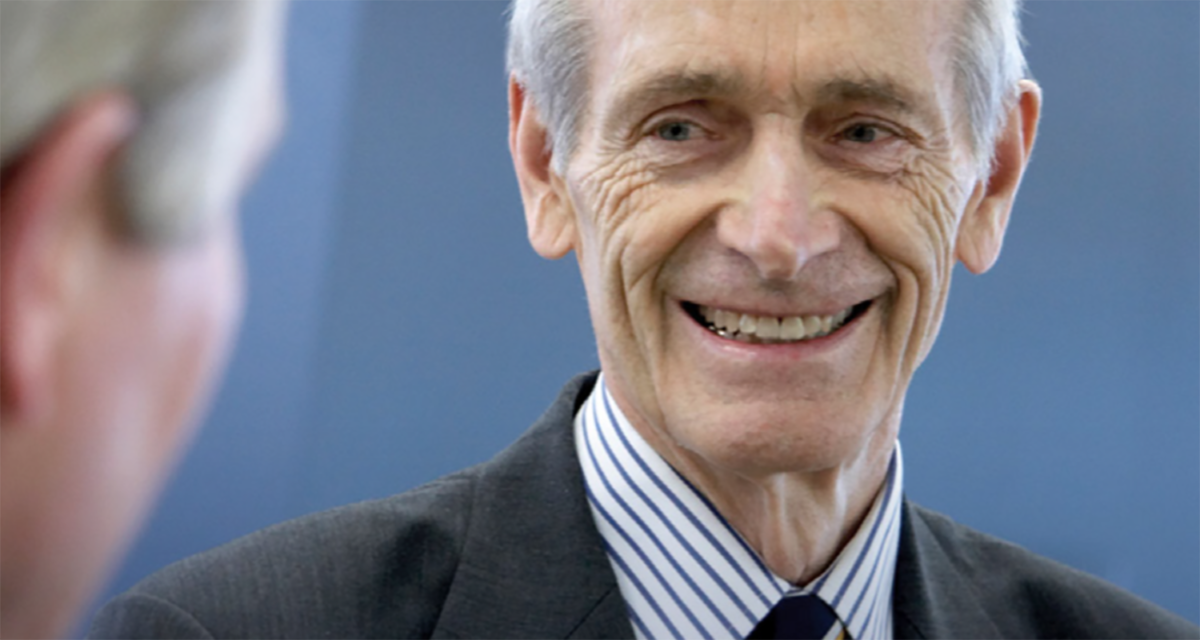One of the things that I love is learning about new resources that will inspire and support leaders. Sometimes these resources are books, increasingly they are podcast episodes and music, and often they are practices that help leaders create an environment for themselves and their teams that support whatever their goals are.
Lately, I’ve been asking my clients and friends for the resources that are giving them the most inspiration and support right now. Their ideas inspired me to create this blog post and to share them with you.
Insights on an Environment That Inspires Creativity
Sam Gutsch, CMO of California Closets and a dear friend, was inspired by “The Daily Show’s Secret to Creativity,” an episode from organizational psychologist Adam Grant’s WorkLife podcast and is bringing what she learned into her own team meetings.
The story takes us behind the scenes of The Daily Show and reveals a creative team of 30 writers, producers, and on-air talent that starts each day with a blank page and ends up with 22 minutes of great comedy. In the words of Grant, “Four days a week, they make a show that millions of people watch. I want to know how they pull that off because usually big groups are where creativity goes to die.”
Decades of evidence document that brainstorming doesn’t work. Groups produce fewer and worse ideas than the same people working alone. People tend to silence themselves out of a fear of looking stupid. Some people dominate the conversation, with the effect of silencing others. And then there’s the tendency people have of getting behind the boss’s favorite idea.
The Daily Show’s creative team has overcome these problems. Grant takes us into the writer’s room and shows us how. You have to listen to the episode, but two big takeaways for any leader stand out.
To encourage creativity, there needs to be a high level of psychological safety on the team and it’s the leader’s job to create this. You’ll get to hear Trevor Noah setting the tone.
Teams create best when they have a structure that helps keep the group focused. You’ll hear about the rules of when and how the Daily Show’s team works together each day.
Finding Joy During Life’s Inevitable Suffering
Joe Morris, a leader in grass-fed beef farming and a new friend, approaches his life and work with two key values in mind:
Treat others with respect
Be of service to the community in all its aspects, from health to the environment
He’s been drawing inspiration from The Book of Joy: Lasting Happiness in a Changing World, which captures a five-day conversation between good friends and Noble Peace Prize Laureates, His Holiness the Dalai Lama and Archbishop Desmond Tutu. They discuss the question “How do we find joy in the face of life’s inevitable suffering?”
Like everyone, leaders suffer. They face failures, losses, hardships, and boredom. To lead well, they need to be resilient and find optimism and joy, especially in moments of difficulty.
Both the Dalai Lama and Archbishop Tutu have been tested by great personal and national adversity, and in this book they share their personal stories of struggle and renewal. Now that they are both in their eighties, they especially want to spread the core message that to have joy yourself, you must bring joy to others.
Learning to Listen to See
James Flaherty is the founder of the New Ventures West coaching school and a good friend, teacher, mentor and now colleague (I am enjoying being an adjunct faculty with one of James’ professional coaching certification classes). James brings a depth of wisdom, kindness, and uplifting creativity to coaching that is truly unique.
Senior leaders are charged with seeing multiple dimensions of a situation—including those that are hidden. It’s difficult to do this well because it requires different parts of the brain to work together in a unified way. The emotional brain needs to be able to register gut feelings and intuitions. The relational part of the brain needs to listen to what others are saying and not saying. The thinking brain needs to be able to grasp problems and potential solutions.
One of the ways that James helps his clients to develop the ability to see multiple dimensions simultaneously is through listening to music. Different parts of our brain respond to the lyrics than to the timbre, rhythm or emotion. Shifting attention between different elements and the “zooming out” to the gestalt of the song helps strengthen the brain’s capacity to unify the experience, making us better able to appreciate more dimensions of a situation.
One song he often shares is Another Train sung by the Poozies.
The lyrics speak to loss and failure—experiences everyone has, but which can leave leaders feeling very alone. The music starts off feeling sad, slow and heavy before shifting into another mood. What range of feeling arises when you listen? Can you identify how different elements of the music affect you? Music can be a powerful teacher—and all you need to do is listen.
Lessons from Four US Presidents + One First Lady
I became an American citizen after the election of President Obama because I wanted to be committed to the country he envisioned. As Presidential Historian Doris Kearns Goodwin says, history reminds us of who we are and in this turbulent time, I know that I am not alone in wanting to better understand and have faith in this country’s leadership history.
Two of my favorite books of the moment are Doris Kearns Goodwin’s new bestseller, Leadership in Turbulent Times and Michelle Obama’s new bestseller, Becoming.
Leadership in Turbulent Times profiles the four presidents that Goodwin has written about extensively and studied most closely—Abraham Lincoln, Theodore Roosevelt, Franklin D. Roosevelt, and Lyndon Johnson—all of whom led the country during uncommon adversity.
The book outlines each man’s formative years, shares how each overcame devastating reversals and provides a step-by-step analysis of his greatest leadership success. It’s great, insightful storytelling.
Becoming tells the compelling story of Michelle Obama’s life and provides an honest, revealing perspective on the experience of being the spouse of the first Black president and her thoughtful approach to the role of the first lady.
These four presidents and the first lady all had different backgrounds, abilities, and temperaments, but they all led in a way that enlarged the opportunities and lives of others. In a time when our President represents the worst of our natures, these books show us that those who lead us can remind us as President Lincoln did in his First Inaugural Address, that it is possible to lead “by the better angels of our nature.”
Goodwin’s and Obama’s insights inspire me as an American and in my work with leaders, and provide fresh roadmaps for leaders in any field. More than anything, they are important reads right now.
Time for you to get in the leadership loop?
If you’d like to get relevant and valuable leadership insights, ideas and resources delivered right into your email inbox, just sign up by clicking the button below.
